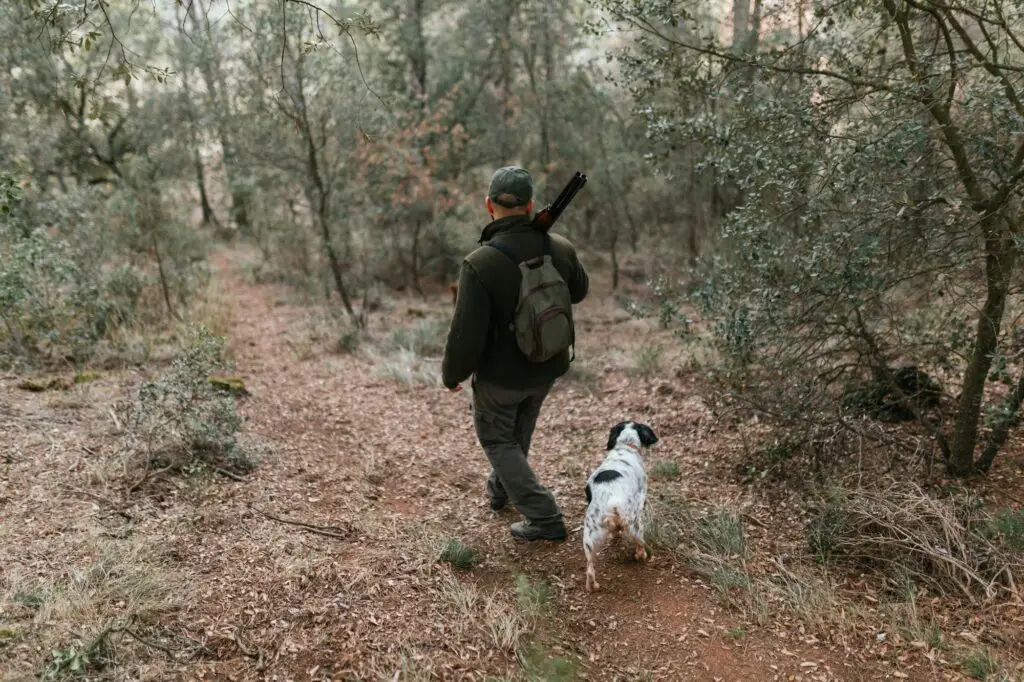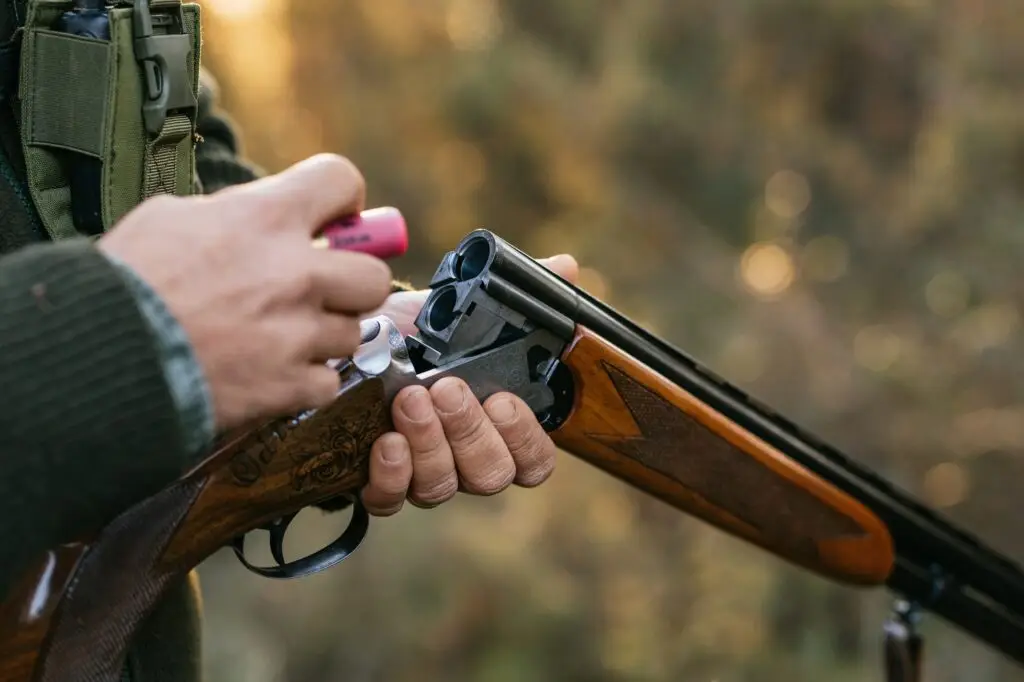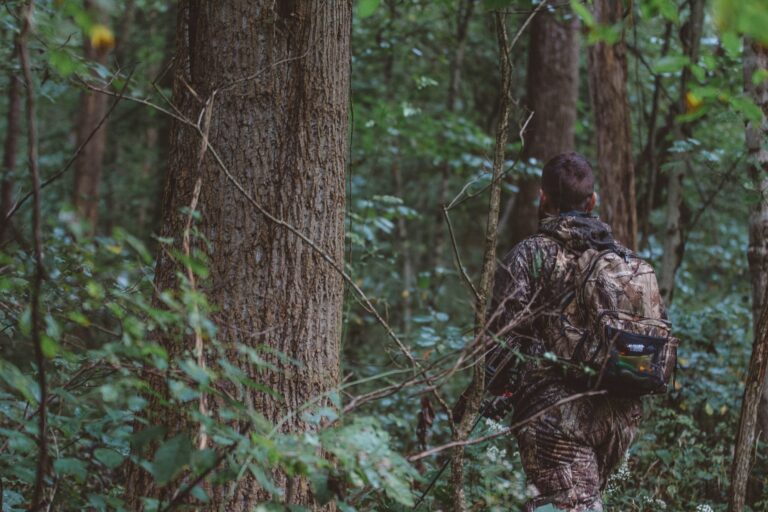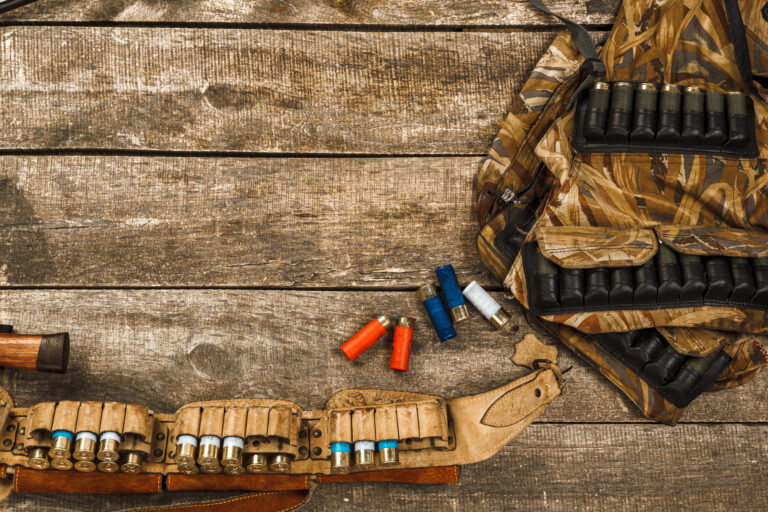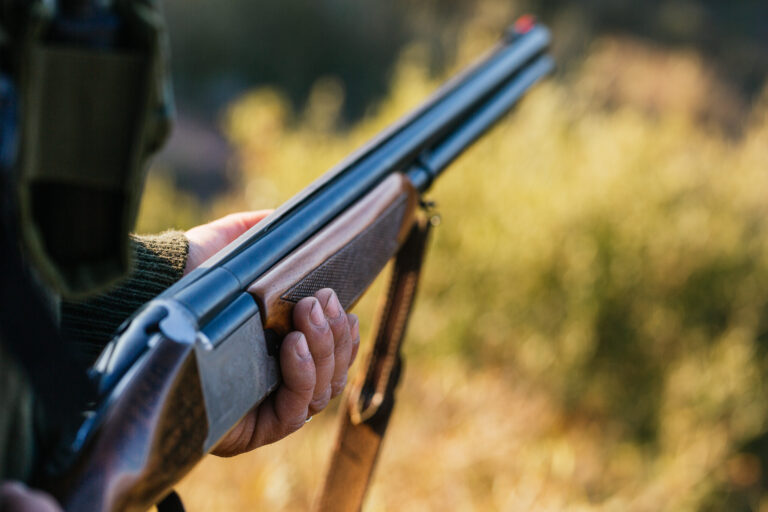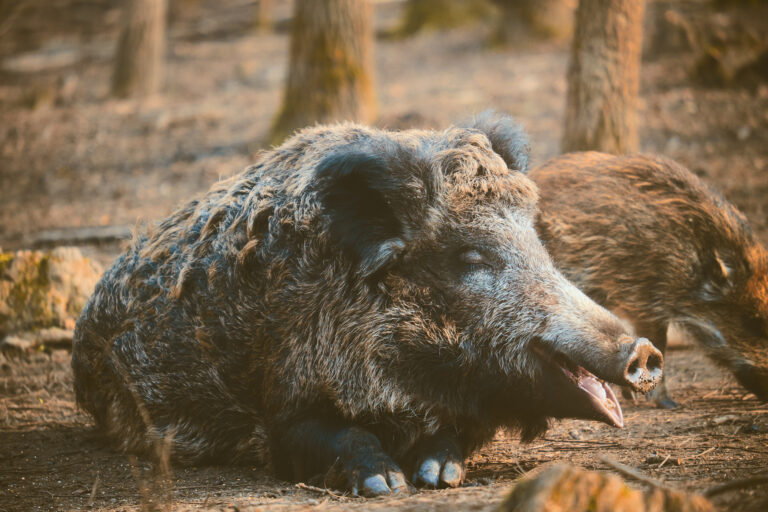In the market for your first or a new weapon? If so, what legal requirements must you consider when selecting a firearm for hunting specifically?
The most important tool for hunting will always be your firearm, and depending on your state, attaining one may or may not be a daunting process. Regardless, the laws are in place for a reason, and we have no choice but to adhere to them – luckily, they’re not too bad!
Just like most sports and hobbies, hunting requires a deal of research about a range of topics before you actually trek out into the wild. Fortunately, resources like The Elite Hunter are here to help you out to ensure that you’re as prepared as can be to ensure ethical and elite hunting.
This article won’t be a guide on how to pick your firearm, but rather ensure that you know which legal requirements you need to keep in mind when selecting and traveling with one: wouldn’t want to get in trouble with the game warden!
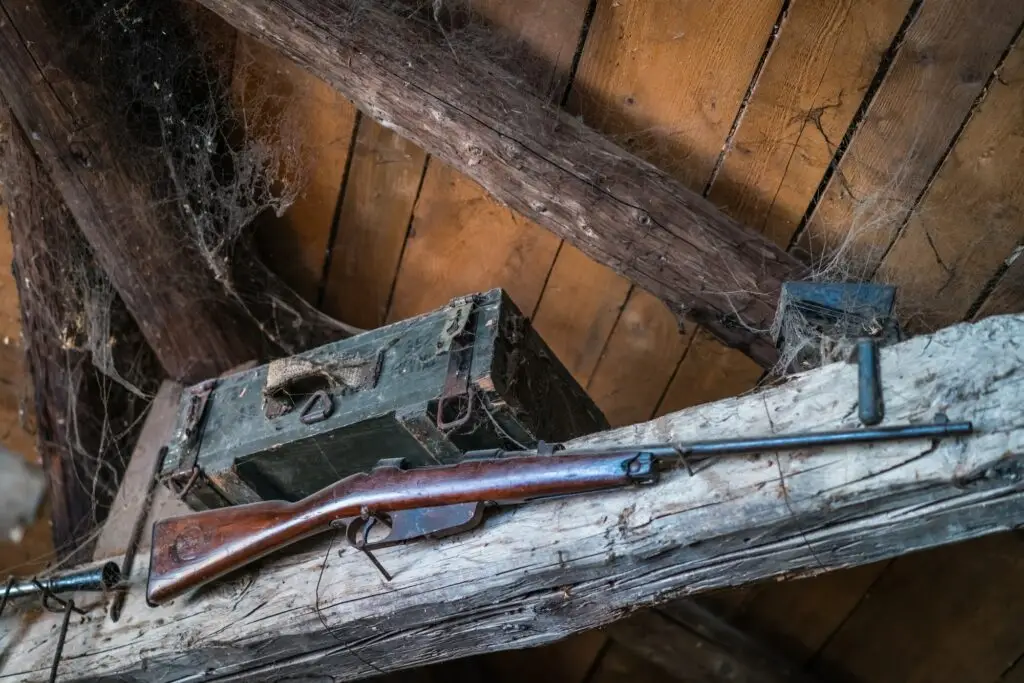
1. Licensing & Firearm Legality
Verify that the firearm you intend to use is legal for hunting in your jurisdiction. Different areas have specific regulations regarding allowable firearm types, magazine capacities, or features such as barrel length or overall length. Most jurisdictions also have restrictions on certain types of firearms, such as fully automatic weapons or specific semi-automatic rifles.
Additionally, different animals have different regulations on what ammunition and weapon you can use, which means that unfortunately – there is no “one-size-fits-all. For example, pretty much every state disallows duck hunting with a shotgun that can hold more than three shells!
When selecting a firearm, make sure that you already know exactly what you plan to hunt. With that in mind, you can go to your state’s government website (for example, as a Washingtonian I would go here) and brush up on any additional firearm restrictions your state might have. As a rule of thumb, the closer to the center of the country you are, the more lax the regulations are.
And obviously: make sure you have a permit to carry the gun as well. But I figured you already knew that.
2. Minimum caliber requirements
Most regions have minimum caliber requirements for hunting firearms to make sure that hunting remains as ethical and humane as possible. The requirements essentially just dictate the minimum caliber or muzzle energy needed to hunt specific game species.
The reason for these requirements is simple: you want to have a clean and effective kill, and not just wound the animal. Wouldn’t want to lose your prey and have them die alone, without their meat or fur being used for nothing good!
Use guides like these to ensure that you’re using the exact right shots for your animal.

3. Safety mechanisms
“Know your gun better than your right hand!” my uncle always used to say.
What this boils down to is essentially just ensuring that you’re familiar with all the safety mechanisms of your gun and that it follows the minimum requirements for your state.
Again, different states tend to have varying regulations – so make sure to do the research on your specific region. The main things you need to look for and keep in mind are:
Trigger locks
Trigger locks are devices designed to prevent accidental discharge of the firearm by immobilizing the trigger. These locks are either key-operated, combination locked, or got one of those cable-style locks. They provide an additional layer of security when the firearm is not in use, ensuring that unauthorized individuals, including children, cannot access and operate the firearm.
Safety switches
Also known as safeties, are built-in mechanisms on firearms that allow the shooter to engage or disengage the firing mechanism. They are typically located near the trigger or on the firearm’s frame and can be in the form of buttons, switches, or levers. When engaged, the safety switch prevents the trigger from being pulled and the firearm from firing, reducing the risk of accidental discharge.
Chamber flags
Chamber flags are brightly colored, often plastic or nylon indicators that are inserted into the firearm’s chamber to signify that the firearm is unloaded and in a safe condition. They provide a visual signal to others that the firearm is not ready to fire and are commonly used during organized events, competitions, or when firearms are transported.
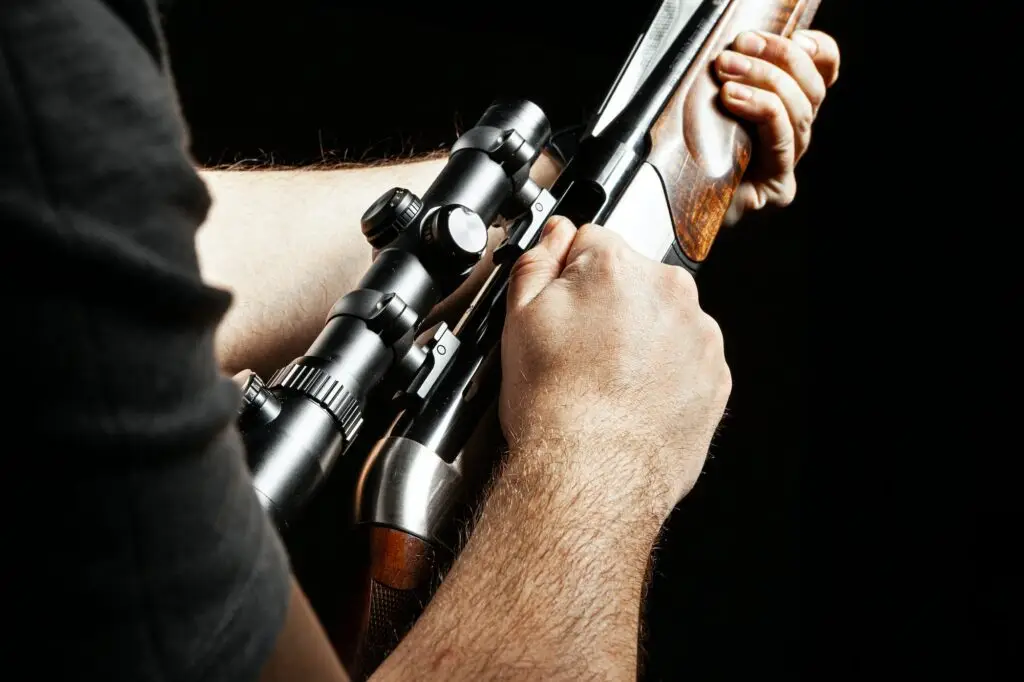
4. Transportation regulations
This one is especially important if you are like us and like to hunt across state borders. It is crucial to understand all the regulations related to transporting firearms to make sure you are in compliance with local laws and maintain safety during transportation.
If not, you might end up having a really bad time.
Firearms cases
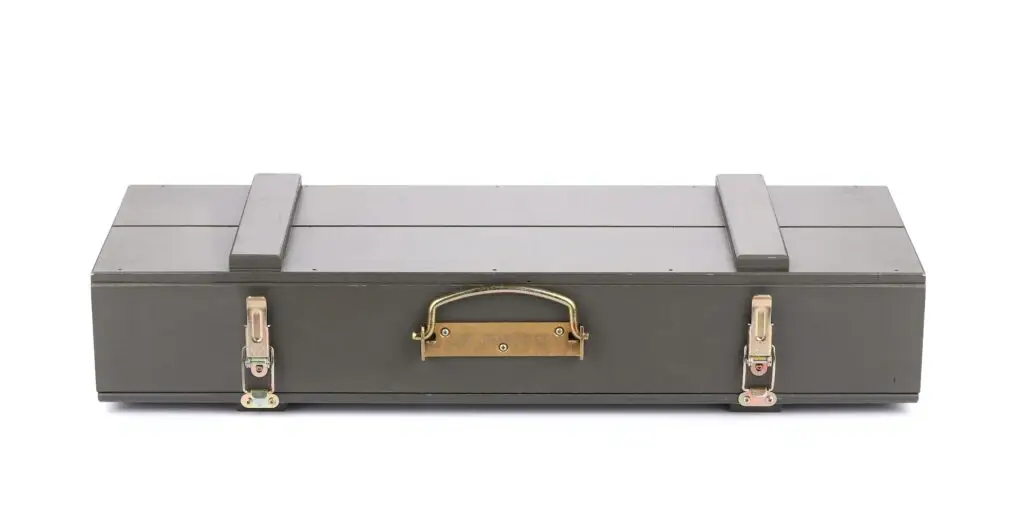
Most states are going to require you to keep your firearm in a locked and secure case when transporting it. Make sure you have a solid and sturdy case. In addition to making sure you don’t get in trouble with the coppers, it’ll also help prevent any accidental discharges, unauthorized access, or (most importantly in my opinion) damage to the firearm.
Locking mechanisms
In addition to just keeping your firearm in a case, most regulations also mandate that the case is well secured with locks. Get a solid lock of good quality that’s not easy to tamper with and you can feel good knowing that there won’t be any unauthorized opening of the case.
Please note that many states require a specific type of lock to be used, such as a padlock or combination lock!
Permits or licenses
Depending on the jurisdiction, there may be requirements for permits or licenses to transport firearms, especially when traveling across state or national borders.
These permits or licenses often involve background checks, documentation, and adherence to specific procedures. It is essential to research and comply with these requirements to avoid legal complications while transporting firearms because trust me: they will take your gun, and it’s gonna put a big damper on your trip.
Here’s how I go about making sure I’m doing it the right way:
First, I’ll google “transporting firearm laws in Oregon” (I live in WA so I go to Oregon a lot).
Then I’ll go to the states police pages or any other official page, and look for a snippet like this, which I found quickly here:
A person shall be entitled to transport a firearm from any place where he may lawfully possess and transport such firearm to any other place where he may lawfully possess and transport such firearms if the firearm is unloaded and in the trunk. In vehicles without a trunk, the unloaded firearm shall be in a locked container other than the glove compartment or console. Necessary stops, e.g., gasoline and rest, seem permissible.
Now I know that I can legally travel across the state border with my firearm unloaded in its case in the backseat. I know that I can stop anywhere and proceed as normal, and this just gives me overall peace of mind.
Some states might have different rules so always go check! Also, make sure you know your laws and rights in case you get stopped by a less pleasant officer. Rumor has it their job isn’t very fun these days…
PSA: Some regulations also cover the transportation of ammunition, such as ensuring that it is transported separately from the firearm, in a different locked container, etc. To ensure you stay on the safe side, I urge you to get an ammunition case with a lock and keep it away from the firearm!
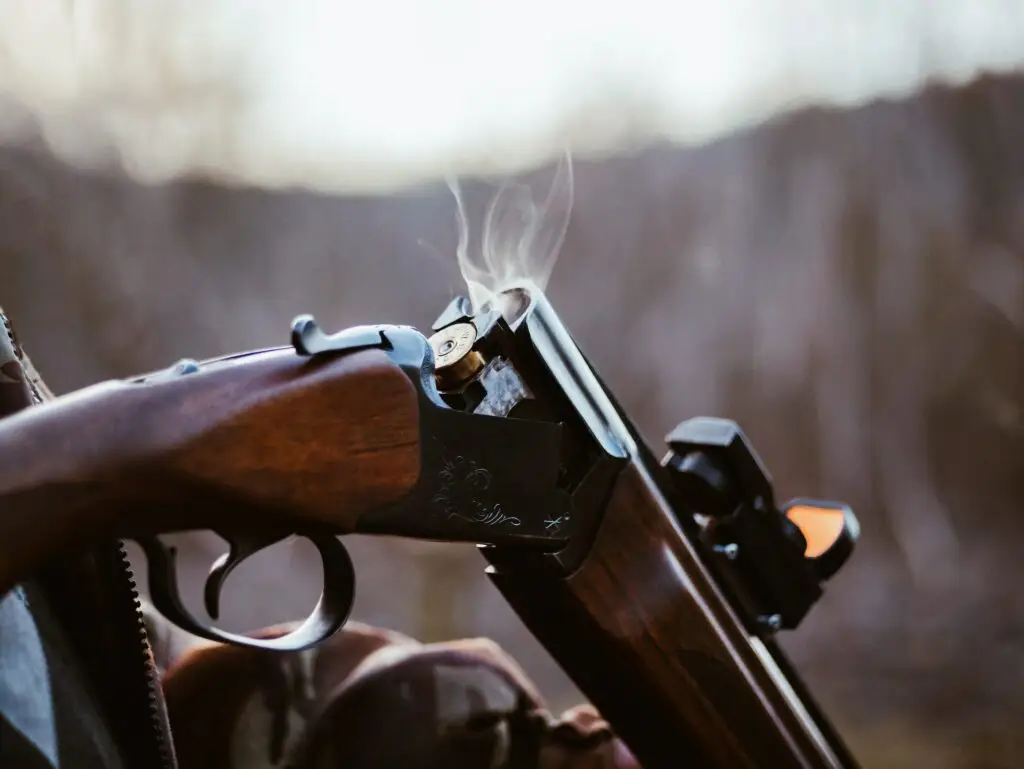
5. Age and possession restrictions
Confirm that you meet the minimum age requirements for owning or possessing a firearm for hunting purposes in your jurisdiction. For you older folks, don’t worry about this — but if you’re bringing a younger fella with you, make sure that you comply with your state’s laws.
If you and everyone coming along is over the age of 18, you probably have nothing to worry about.
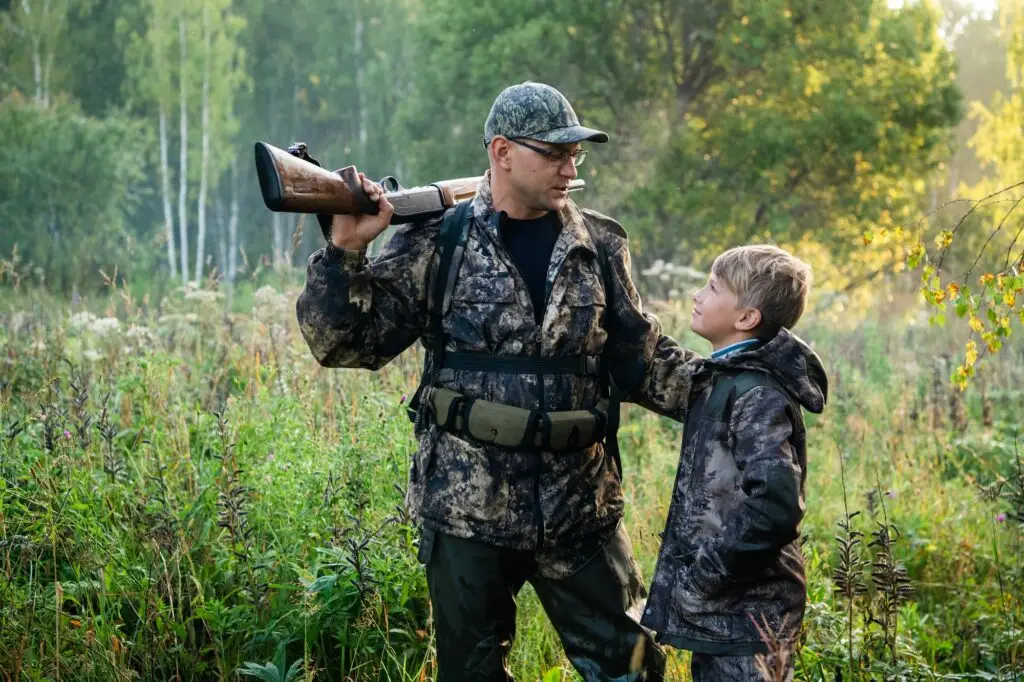
So… What Legal Requirements Must You Consider When Selecting A Firearm For Hunting?
I’ve known many newbies being terrified of getting into the sport simply because the thought of firearm regulations scares them. Listen; people are upset about handguns and concealed carries, not what a hunter use to bag a bunny.
If you keep all the things covered in this post in mind, which boils down to:
- Have a permit
- Get a firearm that can legally shoot your animal
- Keep it safe and locked away
You will be completely fine.
Good luck, and happy hunting!
Looking for more hunting-related guides and content? Check out our library of articles here!
